Retinol: Weekly Routines for Every Skin Type
Retinol: Weekly Routines for Every Skin Type
Retinol, a derivative of vitamin A, has gained a sterling reputation in the skincare community for its multitude of benefits. From reducing fine lines and wrinkles to improving skin texture and fighting acne, retinol is a powerhouse ingredient. However, its potency also means that it must be introduced and used carefully, particularly in a weekly routine tailored to different skin types. Here, we delve into how to incorporate retinol into your skincare regimen, ensuring that every skin type reaps its rewards without suffering adverse effects.
Understanding Retinol and Its Benefits

Before we dive into weekly routines, it's crucial to understand what retinol is and why it's so beneficial for the skin. Retinol promotes skin renewal and enhances collagen production, which leads to firmer, smoother skin. It also accelerates cell turnover, helping to unclog pores and make your skin more radiant. Despite its benefits, retinol can cause irritation, dryness, and redness, especially when used excessively or without proper acclimatization by the skin. This makes it essential to tailor your retinol usage according to your skin type.
Weekly Routines for Every Skin Type

Sensitive Skin
Starting Slowly: If you have sensitive skin, begin with a low concentration of retinol (0.1% to 0.25%). Use it once a week for the first month, allowing your skin to adjust.
Routine: After cleansing, apply a hydrating serum or moisturizer to damp skin. Then, wait for your skin to dry completely before applying a pea-sized amount of retinol. This method reduces the likelihood of irritation. Follow up with a gentle, fragrance-free moisturizer.
Progression: Gradually increase the frequency to twice a week, monitoring your skin's response. If you experience significant irritation, dial back the frequency or switch to a retinol alternative, like bakuchiol, which is gentler on the skin.
Dry Skin
Hydration is Key: For dry skin, hydration before and after retinol application is vital. Use a hydrating serum containing hyaluronic acid before applying retinol to help mitigate the dryness retinol can cause.
Routine: Start with a retinol application once a week, following up with a rich moisturizer or a night cream to lock in moisture. Consider using retinol products that are formulated with moisturizing ingredients like ceramides or squalane.
Adjustment: If your skin tolerates the initial frequency without excessive dryness or peeling, you can increase to twice a week. Always listen to your skin—if it feels overly dry or irritated, reduce the frequency.
Oily or Acne-Prone Skin

Leverage Retinol's Benefits: Oily and acne-prone skin types can often tolerate retinol better than dry or sensitive skin types. Retinol's ability to regulate oil production and promote cell turnover can be particularly beneficial.
Routine: Begin with using retinol twice a week, applying a light, oil-free moisturizer afterwards to balance the skin.
Advancing: If your skin responds well, consider increasing the application to three times a week. Monitor your skin for any signs of irritation or dryness, adjusting as necessary.
Combination Skin
Balancing Act: Combination skin requires a balanced approach, targeting different areas according to their specific needs. Start with a low to moderate concentration of retinol (0.25% to 0.5%).
Routine: Apply retinol once a week, focusing on areas that are less sensitive and prone to oiliness or breakouts, typically the T-zone. Use a gentle moisturizer all over the face, adding an extra layer of moisturizer to dry areas if necessary.
Progression: Increase the frequency to twice a week if your skin tolerates the initial application without irritation, ensuring to maintain a balanced hydration level across all areas of your face.
General Tips for Incorporating Retinol
- Sun Protection: Always use a broad-spectrum SPF during the day, as retinol can make your skin more sensitive to the sun.
- Patch Test: Before starting any retinol routine, perform a patch test to ensure your skin doesn't react negatively.
- Listen to Your Skin: The key to successfully incorporating retinol into your skincare routine is to listen to your skin and adjust accordingly. Irritation can be a sign that you need to reduce the frequency of application or the concentration of retinol.
Conclusion
Retinol can be a game-changer for your skin, but it requires patience and careful introduction into your skincare routine. By tailoring the frequency and concentration of retinol to your skin type and following the guidelines outlined above, you can enjoy the myriad benefits of retinol without overwhelming your skin. Remember, skincare is a marathon, not a sprint, and the key to success is consistency and attentiveness to your skin's needs.


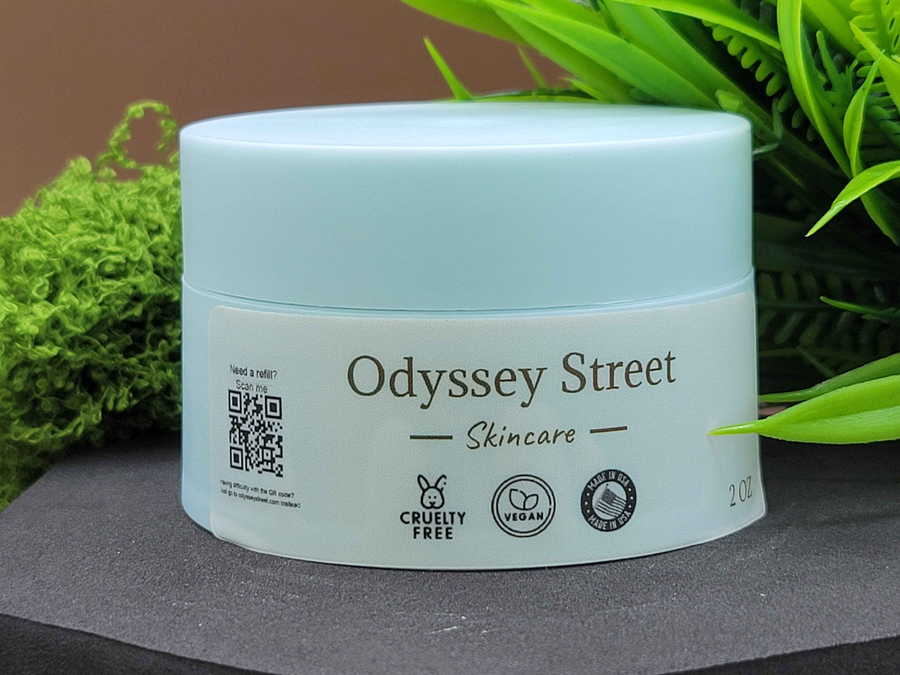
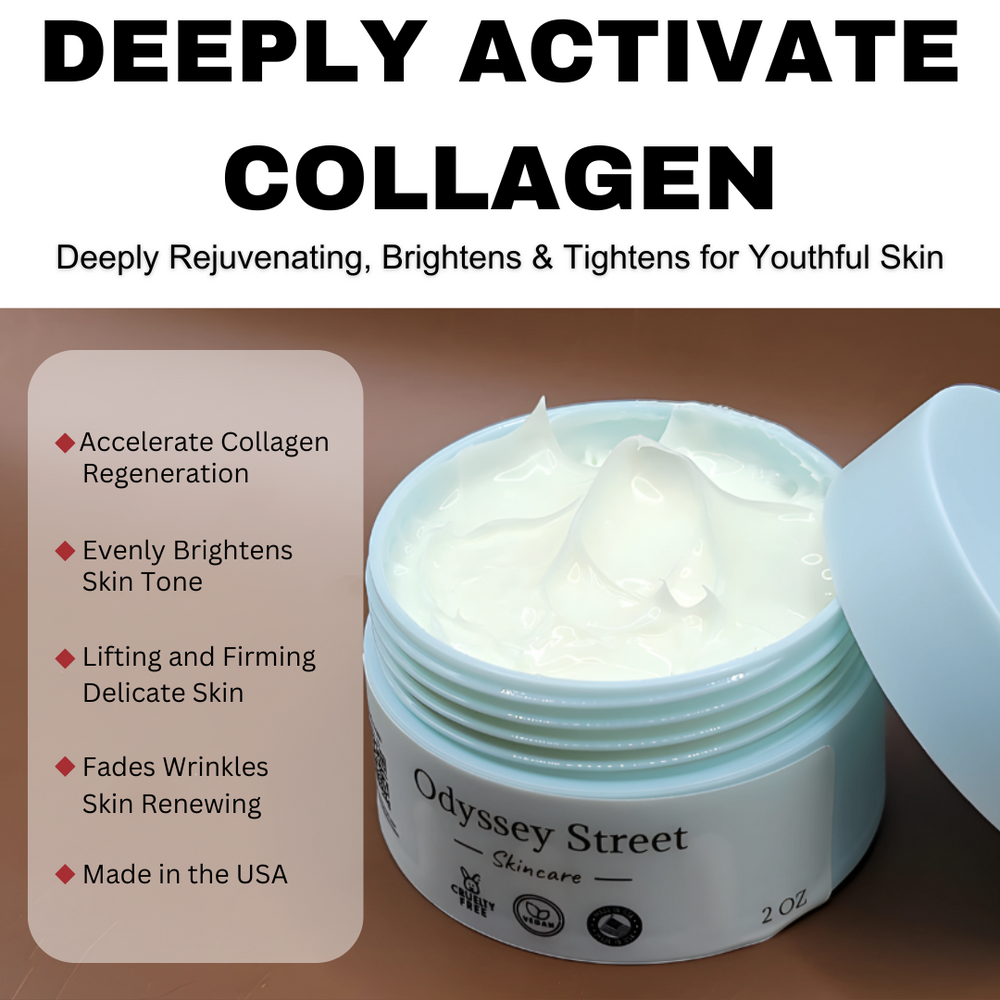




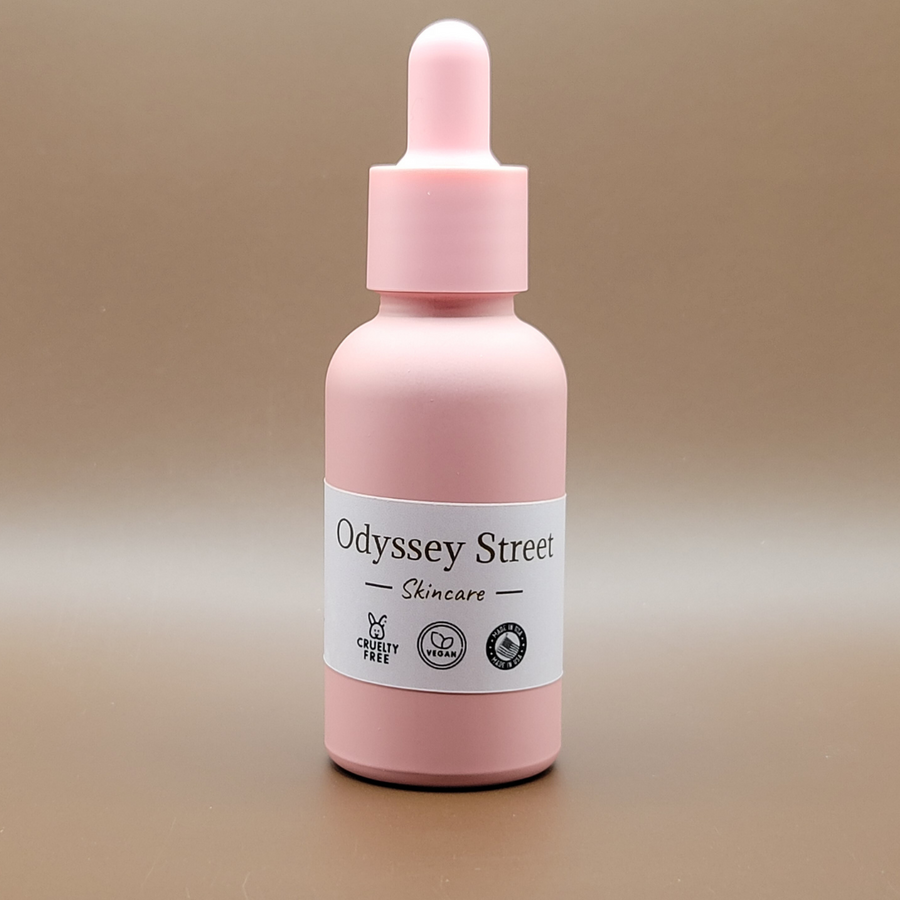
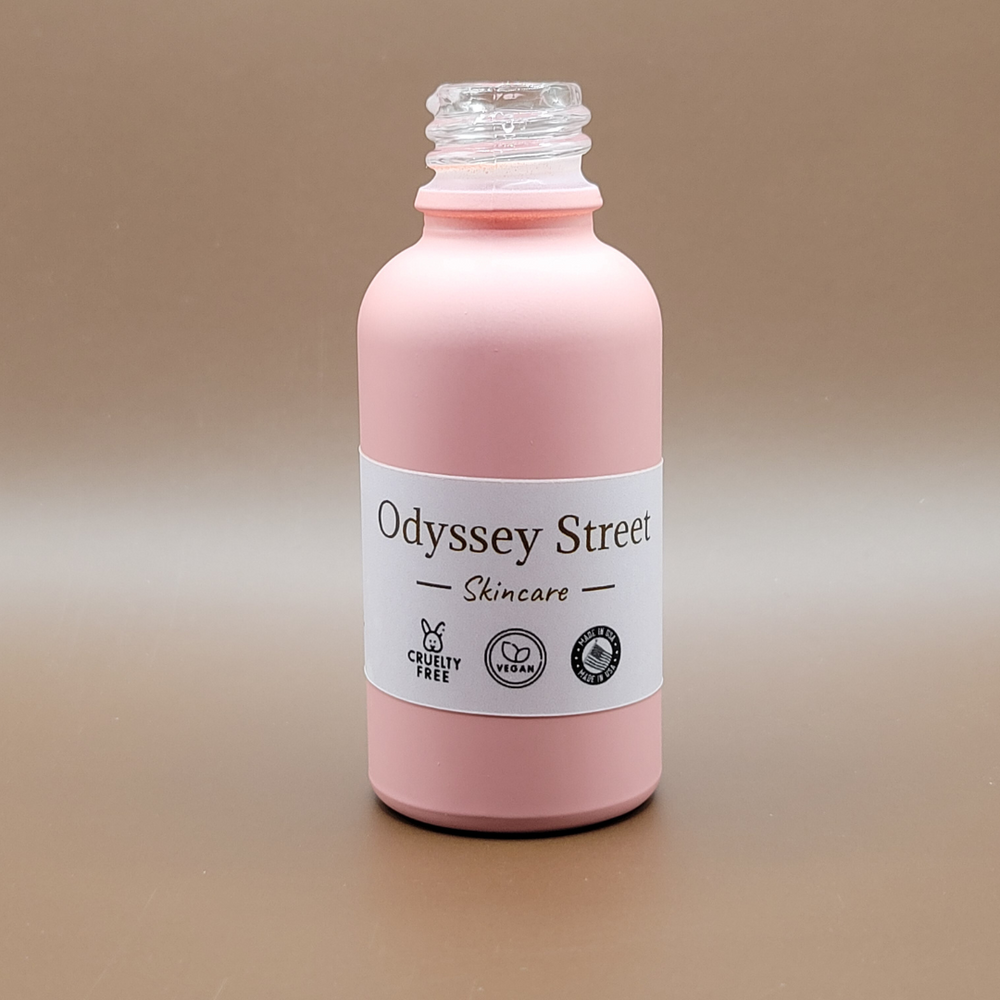
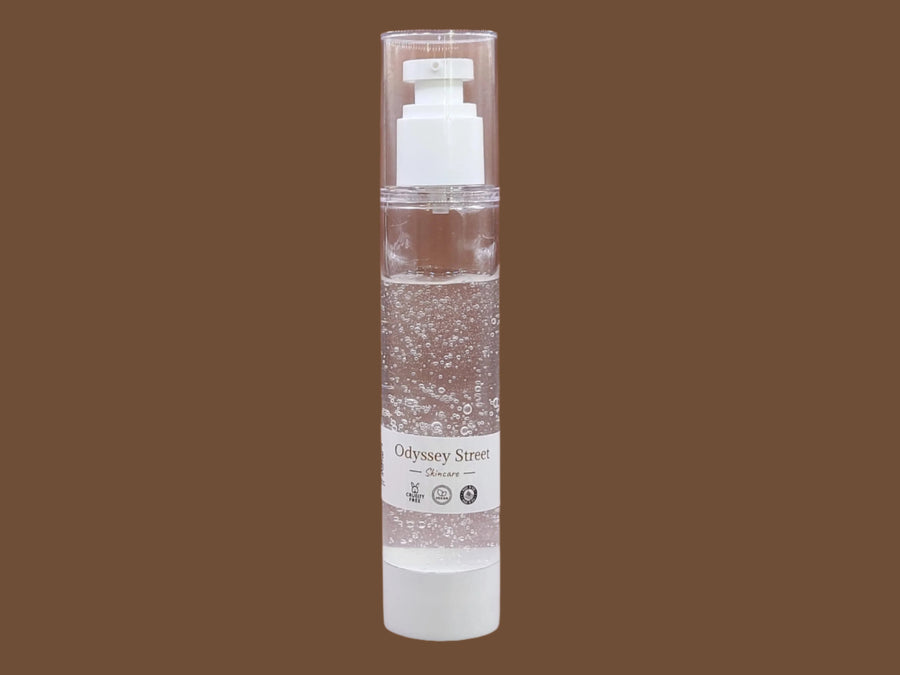
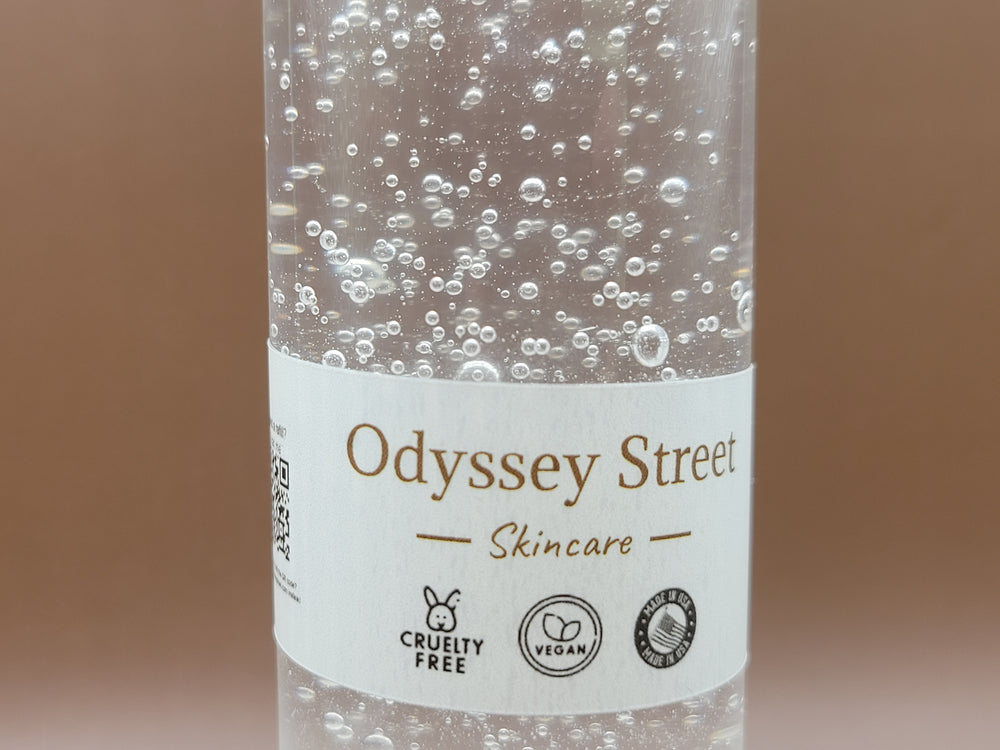

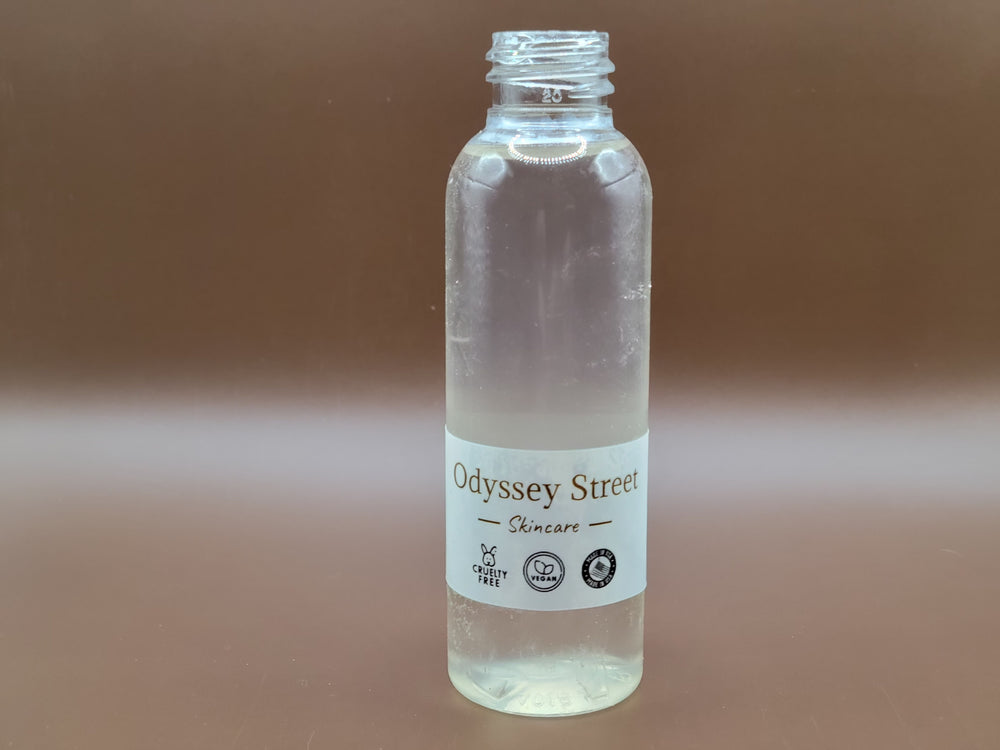
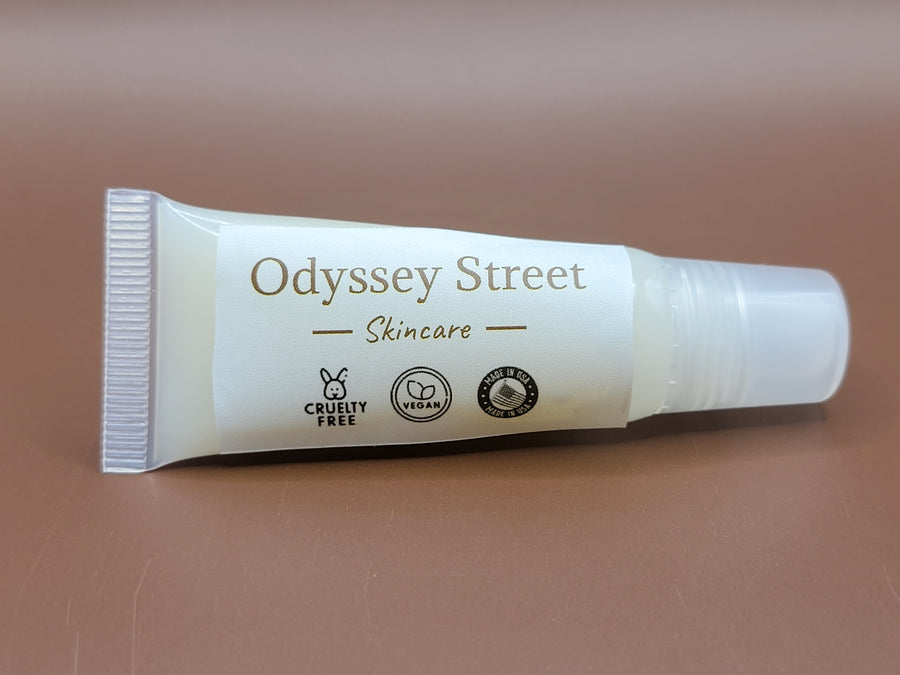
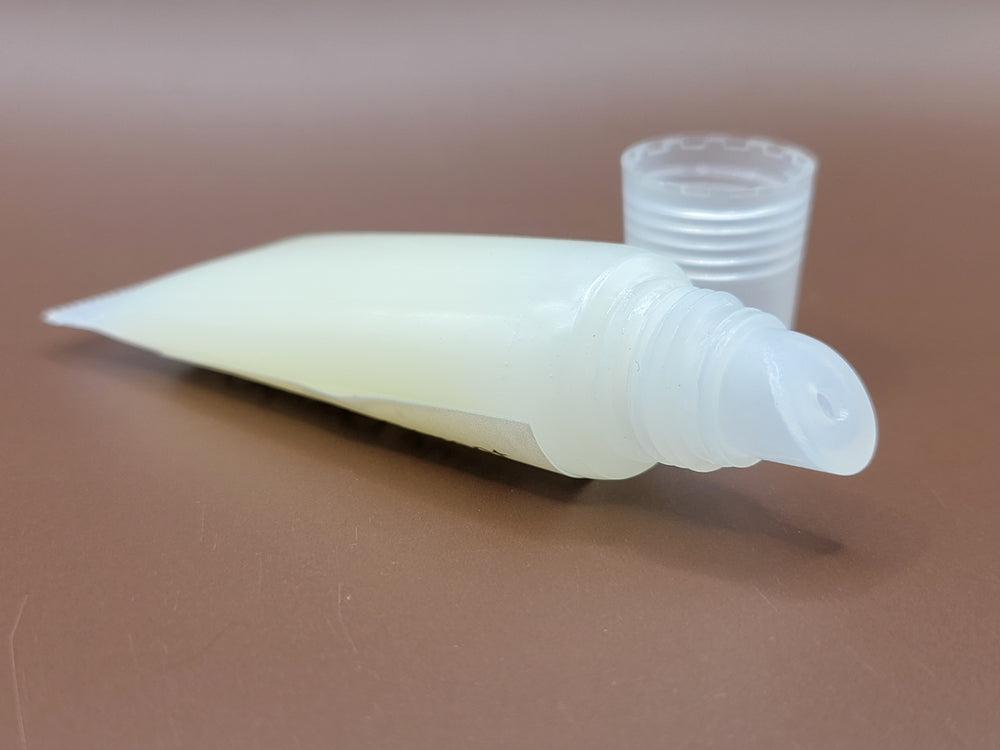
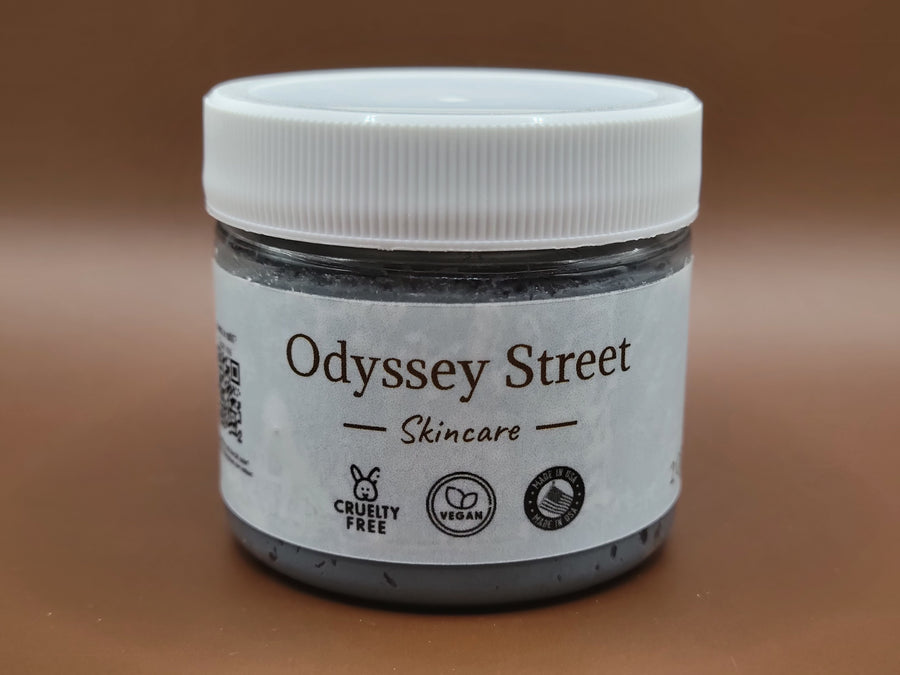
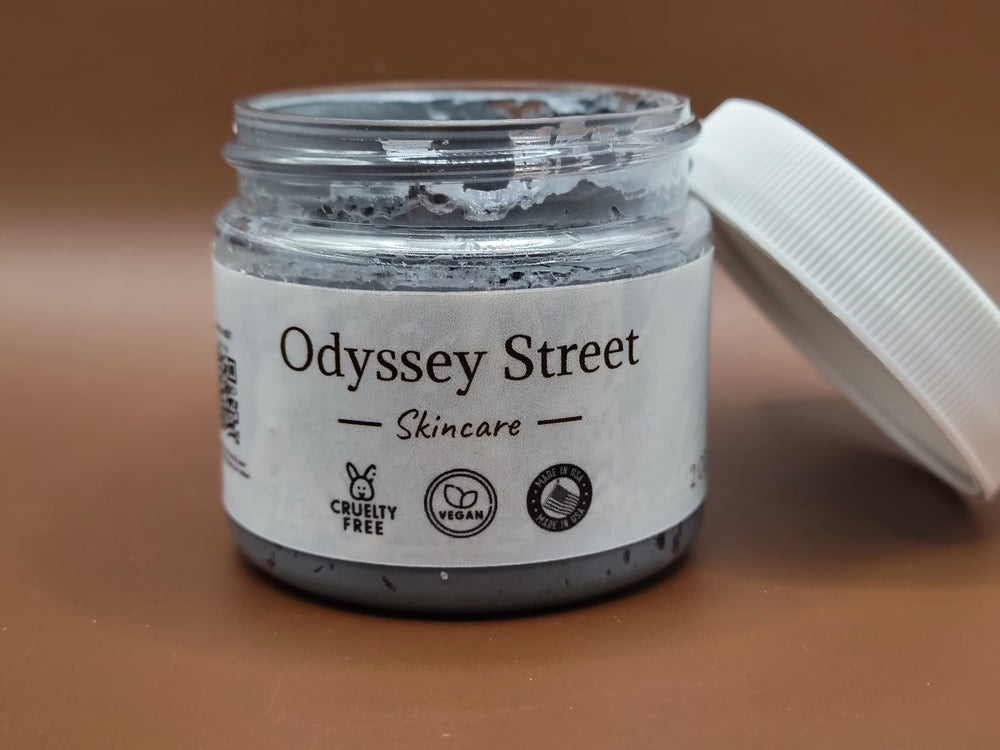
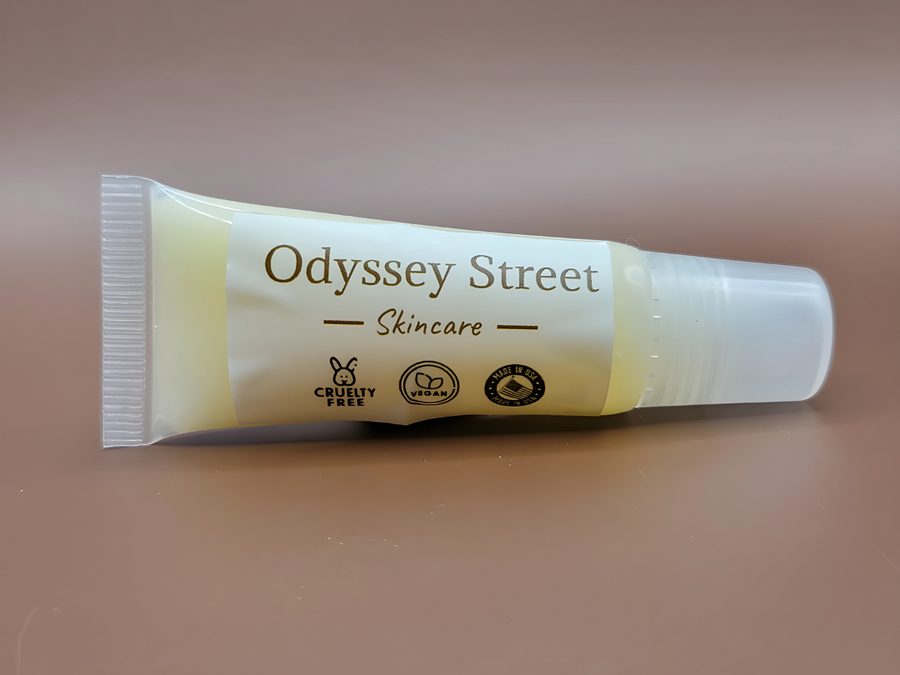

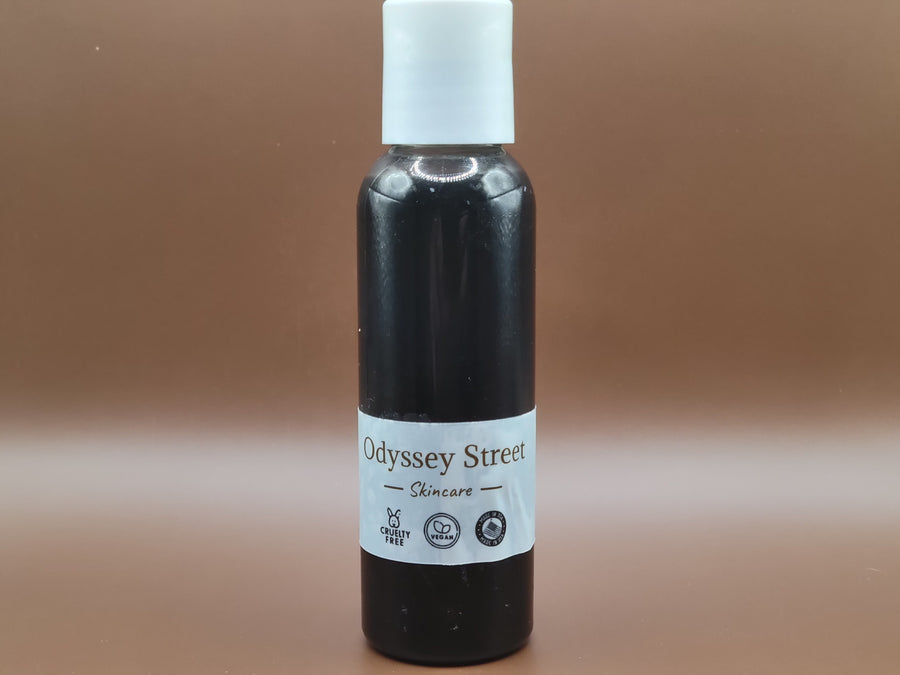

Leave a comment